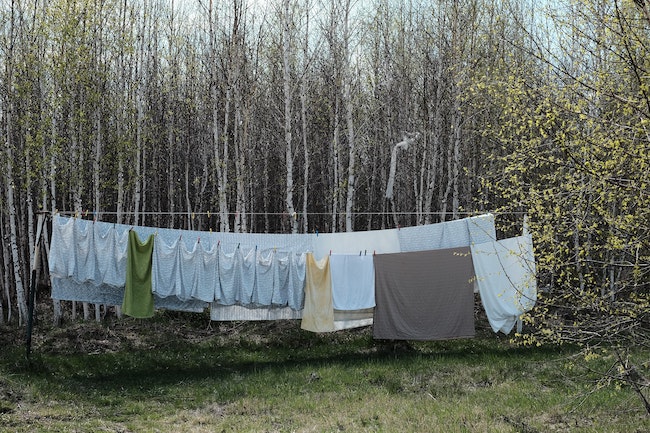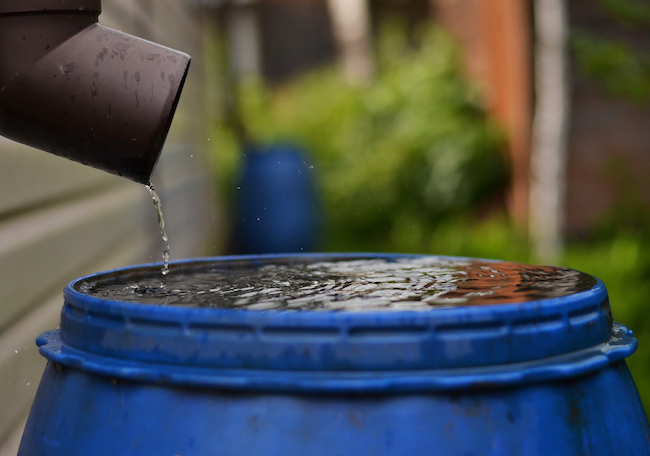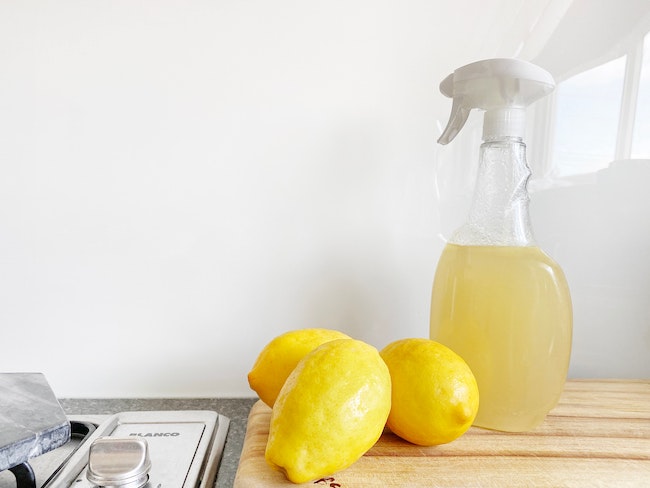Little Steps to Take to Make Your Home Eco-Friendly
Earth Day, April 22, is a time to reflect on the impact we have on the planet. The day is recognized the world over, with events and celebrations centered on environmental protection. Although climate change, oil spills and pollution are complex issues that take entire communities to address, it’s possible to make an impact on a grassroots level. Little steps, like reducing single-use plastics, switching to non-toxic household cleaners, and reducing waste can have a positive impact on the environment. Following are some of the actions you can take to make your home more eco-friendly.
Curb Energy Use

A quick walk-through of your home can help you determine how much energy you’re using and where improvements can be made. Some things to assess include replacing inefficient lightbulbs with LEDs, using sensors or dimmers for lighting, unplugging electronics when not in use, checking for air leaks, and inspecting insulation. Modern appliances are much more energy efficient than older ones, so if doable, consider replacing them with ENERGY STAR Certified models. Consider using task lighting rather than overhead lighting and depend on natural light whenever possible. Changing habits is also important — make sure to turn off lights when not in use, adjust your thermostat, dry clothes the old-fashioned way on a clothesline, and replace air filters regularly for maximum efficiency.
Save Water

It’s no secret that California is in a drought. Many local municipalities have restrictions in place for water usage, including limits on sprinkler use and car washing. But other steps can be taken to further reduce water usage. This includes the installation of low-flow products such as toilets and showerheads; using the dishwater and washing machine for full loads only; checking all faucets and pipes for leaks; taking shorter showers (or baths); and turning off the water while brushing teeth, shaving, or doing dishes. Outdoors, switching from grass to drought-tolerant landscaping is a good idea, as is installing a rain barrel, using drip irrigation, and watering only during the coolest parts of the day.
Ditch Toxic Products

What do sodium hydroxide, phosphate, formaldehyde and kerosene have in common? They’re all chemicals found in everyday cleaning products in the home. Many household cleaners have been around for decades, but their health and environmental risks weren’t known until recently. Detergents, furniture polish, glass cleaner, toilet cleaner and air fresheners have all been linked to health issues ranging from asthma to cancer to endocrine disruptions. Many products, especially detergents and bathroom cleaners, end up in our waterways, harming plant and animal life. Luckily, it’s easy to make the switch to natural products for daily household tasks. Lemon juice and vinegar make a great all-purpose spray. Baking soda is mildly abrasive, making it a good choice for scrubbing tubs and toilets. Olive oil and a bit of lemon oil can polish natural wood. And if you haven’t done so already, skip disposable cleaning wipes with reusable towels.
Reduce Waste

Household waste comes in many forms, from plastics to textiles to food. A good starting point is to eliminate single-use plastics from the home. Switch to reusable grocery bags, reusable coffee cups, refillable water bottles, and avoid plastic utensils and disposable plates whenever possible. Choose products that have less packaging, and consider using foaming hand soap tablets, laundry detergent sheets, and shampoo bars, which eliminate the need for disposable plastic bottles. And for the plastic, paper, bottles and cans you do use, be sure to recycle them.
Did you know textile waste accounts for much of our landfills? The rise of fast fashion means consumers are throwing out textiles in record numbers, as much as 11.3 million tons, according to the Environmental Protection Agency. To reduce waste, consumers can instead buy second-hand clothing, and donate — rather than dump — clothes that no longer fit. Need something new-to-you? Consider a clothing swap with friends or neighbors who wear a similar size.
Reducing food waste is another key way to help the planet. Tossing out uneaten leftovers or past-the-prime produce not only wastes the food itself, it also wastes the resources used in its production, such as water and energy. Reducing waste also reduces the greenhouse gases resulting in processing, transportation and storage of food. In addition, food is the single largest category of landfill waste, and its decomposition results in methane, another greenhouse gas. To reduce waste, spend some time at the beginning of the week to plan meals, and stick to a list. Plan meals based on what you have on hand, and prioritize what needs to be eaten first, such as perishables. Store foods properly, to extend shelf life, and consider repurposing leftovers as soups, stews, casseroles or baked goods. And consider planting a garden, so you can have fresh fruits and veggies at your fingertips!
Did you know that a new law in California requires food waste to be composted? Senate Bill 1383 requires residents to participate in their jurisdiction’s organics curbside collection service. In Sacramento, for example, this mean all food scraps should be tossed in with green waste. But, if you prefer to compost your food waste on your own, that’s OK too! Most kitchen waste can be composted, with the exception of meat, dairy, and oils, and the result is a nutrient-rich addition to your backyard veggie garden. Small, countertop collection bins make the process easy, and there are plenty of resources online to help you get started. Compost bins range from small, indoor “worm composters” to larger outdoor tumblers. Best of all, composting reduces the waste stream, cuts methane gases, improves soil and reduces water use. Learn more about composting.
Category Home Inspiration
Elizabeth Penney
Elizabeth Penney is a content writer for Lyon Real Estate and the Lyon Local blog. A Sacramento native with a marketing background, she shares her insider knowledge on restaurants, attractions and outdoor activities throughout the greater Sacramento area and beyond.

